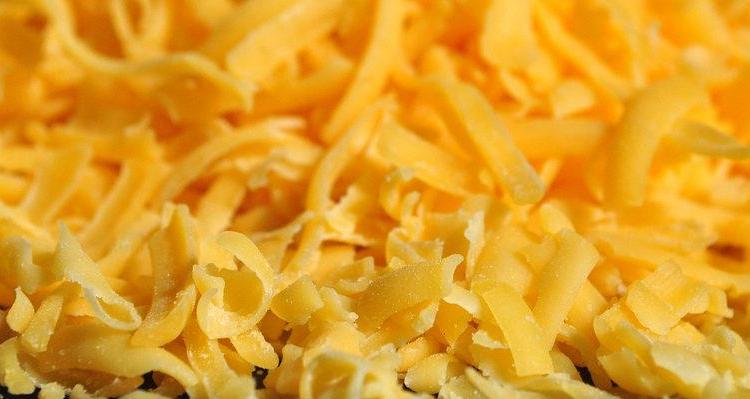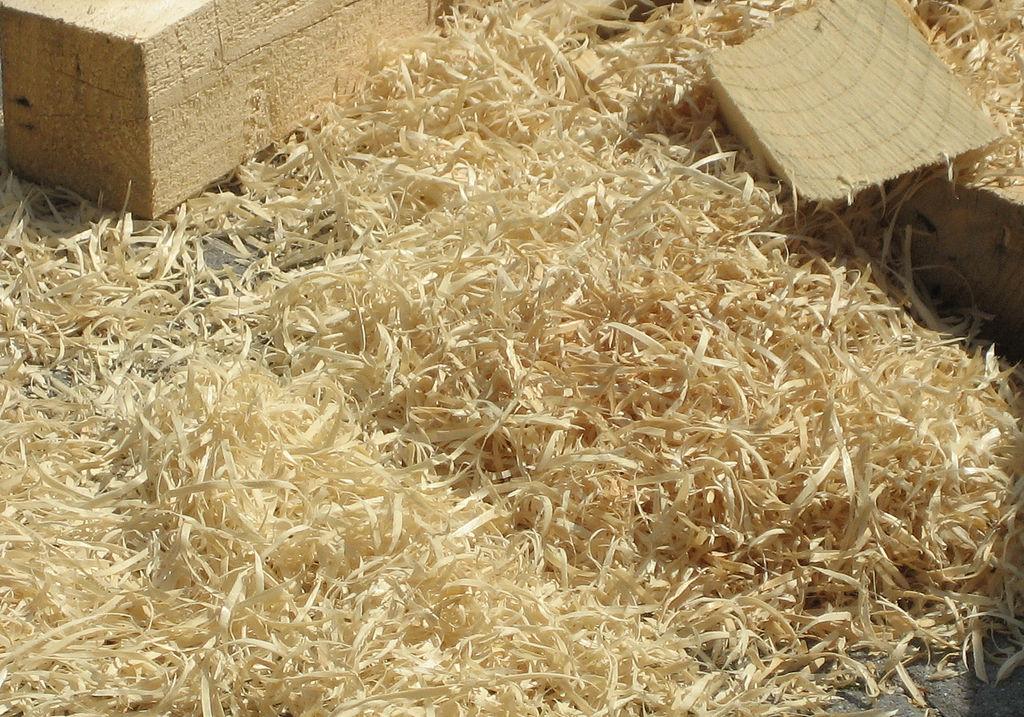You Won’t Believe What’s In Your Shredded Cheese

Flickr
Have you ever wondered how shredded cheese strands manage to stay perfectly separate in the bag until you’re ready to dig into some homemade nachos or mac ‘n’ cheese? Well, you’re probably not going to like the answer.
It turns out that a fair number of shredded cheese manufacturers use wood pulp (yes, like sawdust) in preparing their products to prevent unwanted clumping. It’s sometimes referred to as an “anti-caking agent.” Yuck. And in recent years, companies like Walmart, Kraft Heinz and Castle Cheese, Inc. have been caught and slapped with some major fines and legal fees for product adulteration and mislabeling.

Wikimedia
Kinda looks like shredded cheese, doesn’t it?
Unfortunately, cellulose (another name for wood pulp and other plant fibers) is added to a fair number of foods we eat (tomato sauce, ice cream bars and bagels, to name a few). As long as it’s included on the food label, cellulose can legally make up 2 to 4 percent of a product, according to the Food and Drug Administration regulations.
And honestly, consuming cellulose in these amounts really isn’t harmful at all for the body. It’s a basic building block in plants’ cell walls and, since the body can’t digest and absorb it, cellulose gets passed right on out. (Lovely, we know). It’s been considered safe to eat since 1973, so that’s not really the issue here. It’s more so that it just seems kind of gross and misleading since you could be ingesting sawdust when you’re expecting quality Parmesan cheese, which is often expensive.
So this is one way to get a little extra fiber into your diet. But if you’re not feeling it (and we don’t blame you), stick to buying blocks of your favorite cheeses and shredding it yourself when it’s time to cook. It might be worth bigger price tag.











